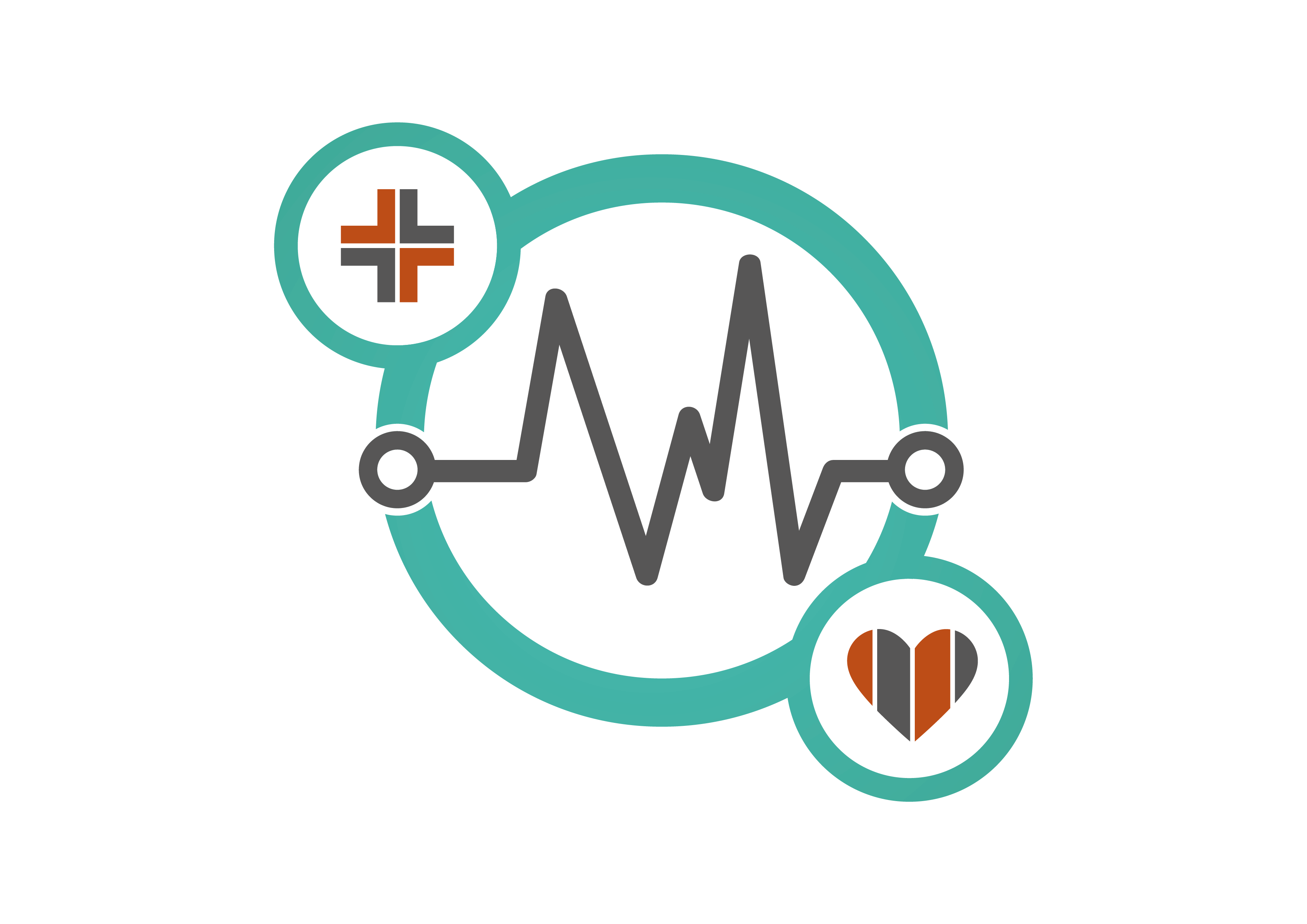After successful trials by the NIHR, the NHS is now using a digital test to speed up the diagnosis of attention-deficit hyperactivity disorder (ADHD) in children.
In July 2024, the National Institute for Health and Care Excellence (NICE) issued draft guidance approving the use of the QbTest by psychiatrists and specialist children’s doctors to help diagnose ADHD in children and young people. The computerised test improves and speeds up assessments when used alongside existing methods and could save the NHS money.
Diagnosis is complex because the feedback is subjective and can be contradictory. Children in the UK wait 18 months on average to get a diagnosis.
Over 20 minutes the child responds to target stimuli while ignoring other stimuli. A camera tracks the movements of a marker attached to the patient’s head. The results are then compared to a group of children of the same age and gender who do not have ADHD. The results help clinicians reach a diagnosis.
The NIHR funded and supported the research, which NICE reviewed as part of the process of recommending the QbTest. The research was possible because of the people, infrastructure and facilities which benefit from underlying support from the NIHR.
Mark Chapman, Director of HealthTech at NICE, said: “Evidence presented to our committee showed the QbTest could increase the number of children and young people who get a diagnostic decision within six months of starting assessment.”


